Chinese Folklore
My Hathitrust Collection
Living in China as a child offered me many experiences that most American children don’t get. I attended school there and learned about Chinese history and culture. One thing that was not widely discussed, however, was Chinese folklore and cultural stories. In fact, it wasn’t until moving back to the United States that I received any exposure to Chinese folklore at all. This collection was intended to expand knowledge about Chinese folklore and stories, and to provide me with insight into connections between traditional Chinese stories and stories from other countries.
This Hathitrust collection is a group of documents related to Chinese folklore and children’s stories. It incorporates Chinese history and culture while still remaining interesting to children, which adds an interesting element to the information presented. This collection was particularly interesting to me because I’m not fluent in Chinese, so it’s often difficult to read documents with words that I’m unfamiliar with. Children’s stories include easier words that I’m more likely to understand.
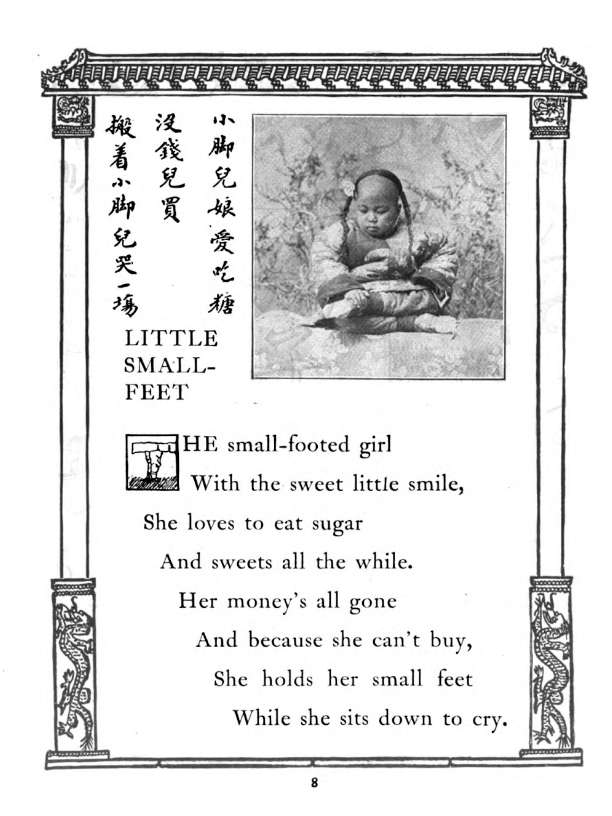
https://catalog.hathitrust.org/Record/001277171
In the Sawyer Seminar, Marina Mayorski spoke about how computers have difficulty reading texts that are not in roman scripts. This particular piece has both English and Chinese translations throughout, so this might make it more difficult for computers to analyze a document. Heather Christensen made a point during her talk, which was that over 50% of the documents in Hathitrust are English, so it makes sense why documents in non-roman scripts are more difficult to read. Ben Bunnell also spoke about the 3D reconstruction software in place for scanning documents like these, which is particularly interesting to me, because I am interested in computer science.
This next document contains a story entitled The Journey of the Corpse. I found connections to this story through the Tales of Hindu Devilry document in the interactive map. The Tales of Hindu Devilry includes a story similar to this one. This story begins with a poem about friendship, and goes on to tell the story of a man who desperately wants to save the life of his friend.
https://catalog.hathitrust.org/Record/001185356
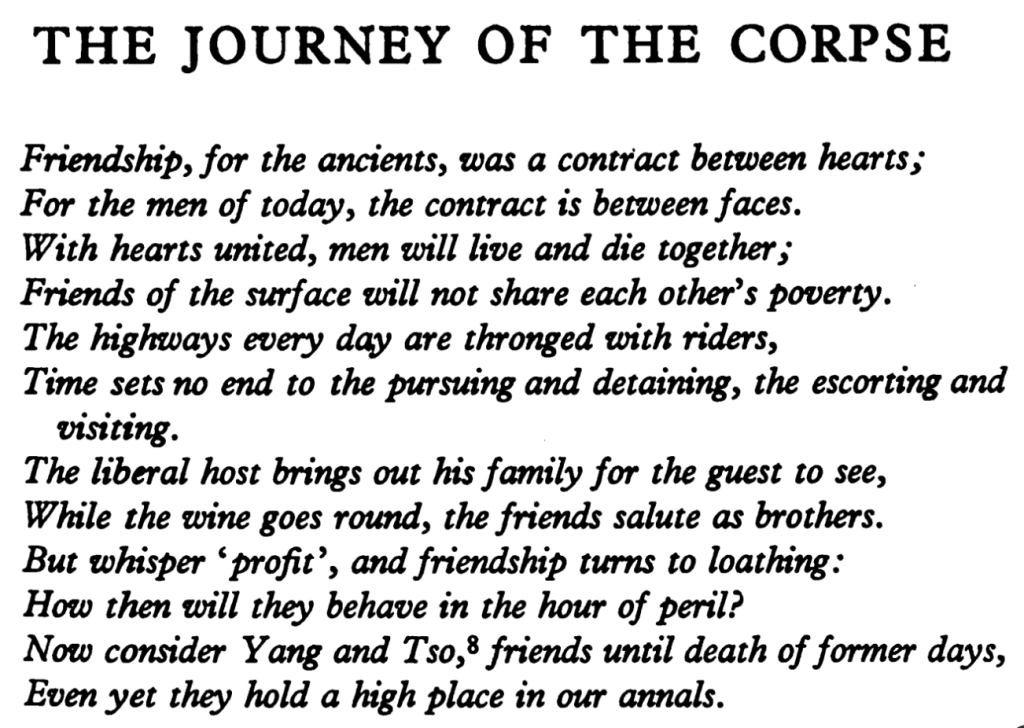
Other students also examined folklore from other countries. Comparing and contrasting Chinese literature to the stories of other countries could provide a lot of insight into different cultures. Anuja’s post, “An Exploration of South Asian Folklore,” would offer many interesting comparisons to Chinese folklore.
My collection incorporates elements of poetry, storytelling, and folklore in Chinese literature. The documents come from a variety of different time periods, showcasing the changes in Chinese literature throughout history. By looking at my collection, one is able to gain a deeper understanding of Chinese culture and history while reading engaging stories.

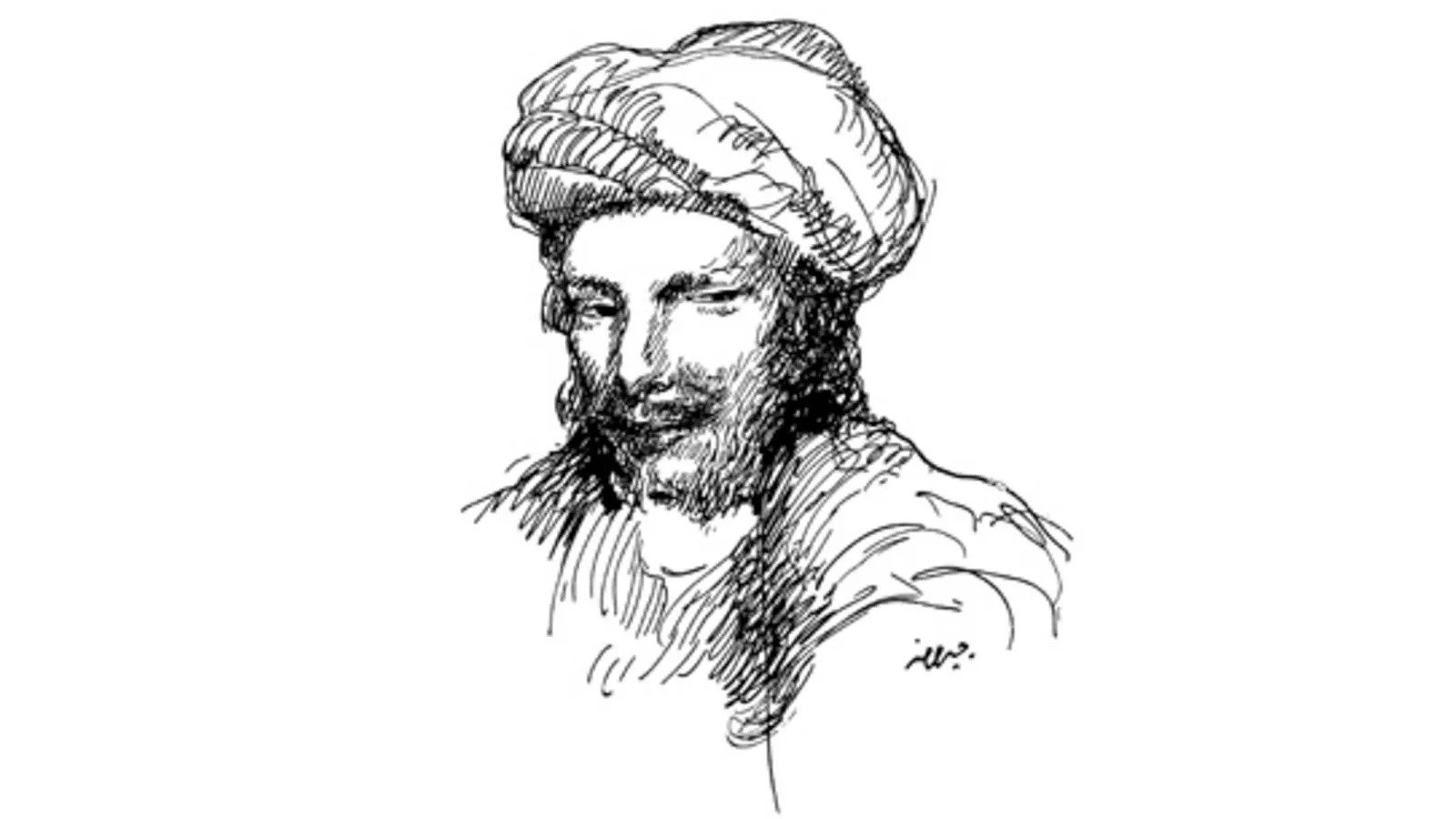
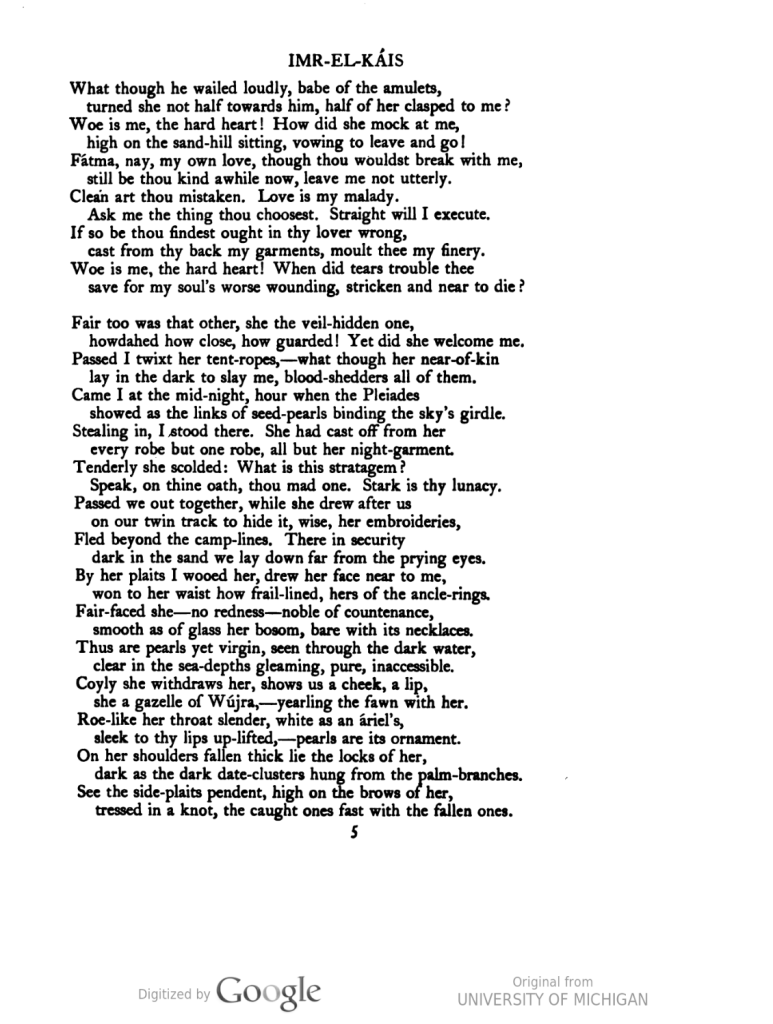
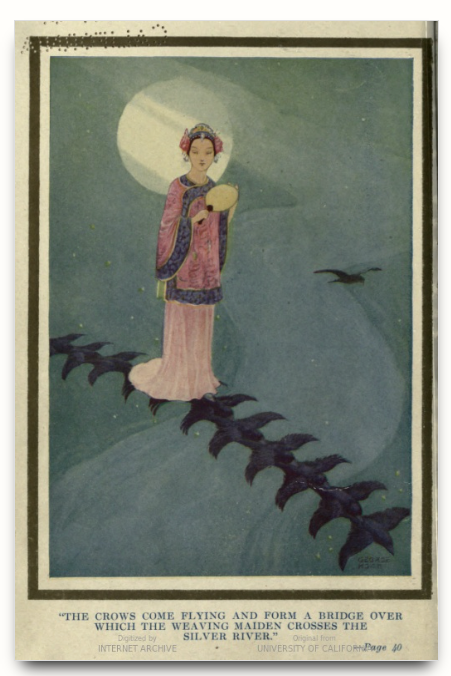
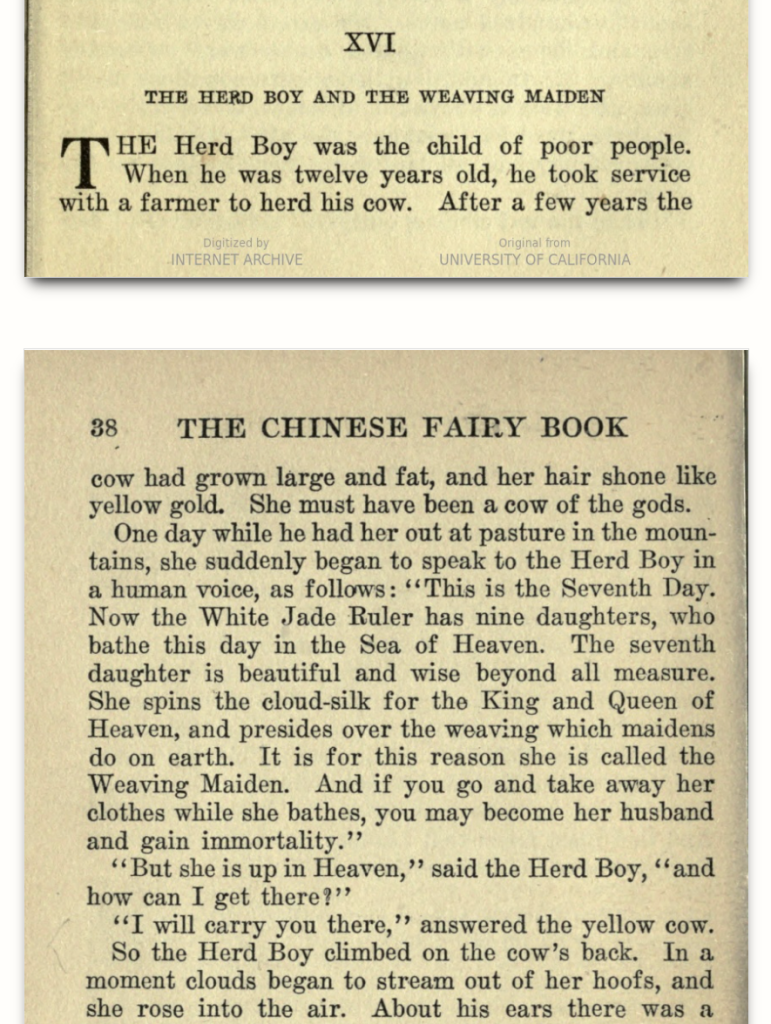



You must be logged in to post a comment.